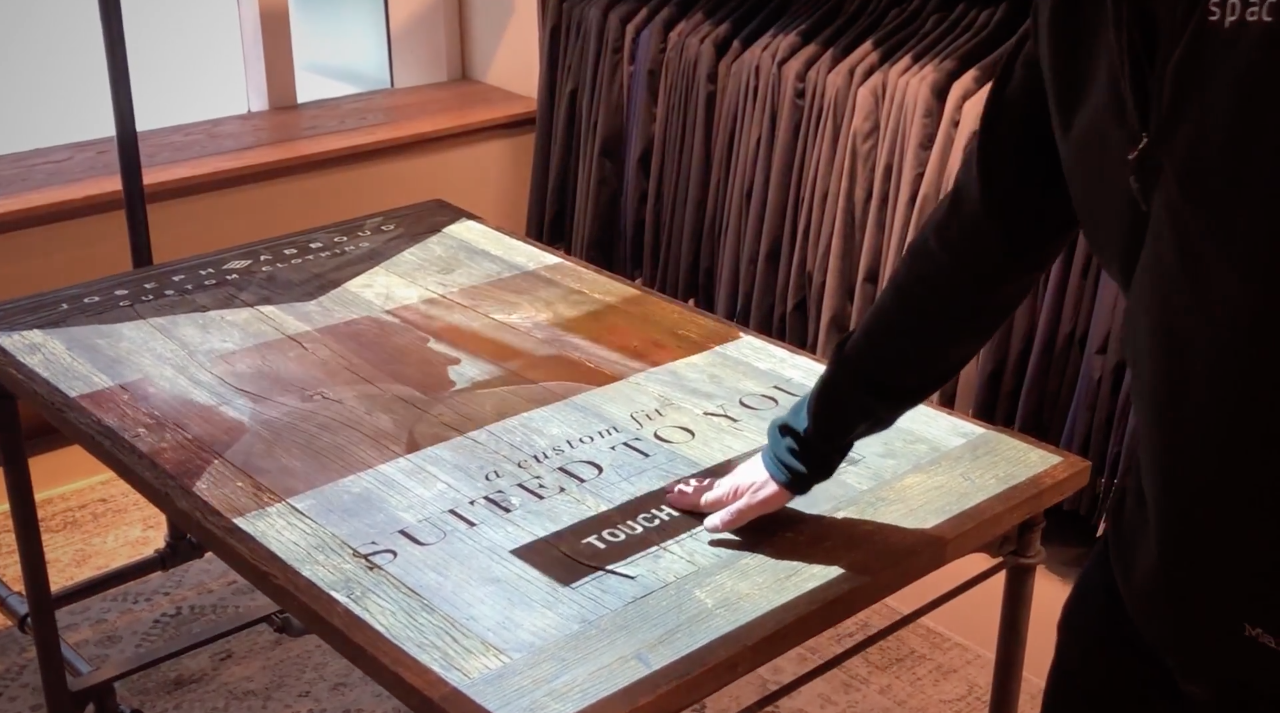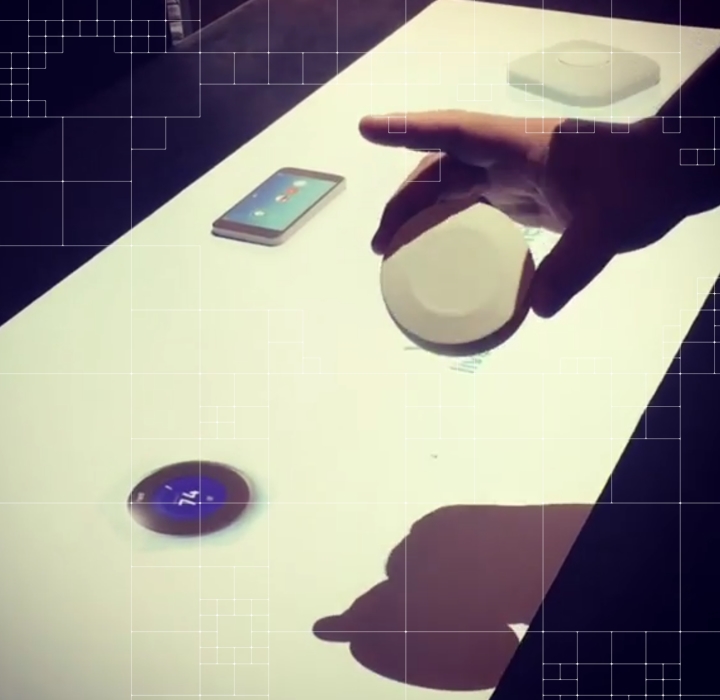Brands are turning to augmented reality (AR) to add extra life to their in-store displays by providing customers with a more interactive experience. There have been many examples of businesses using AR to get customers to interact with their products through the use of cameras. The ability to create a situation where customers can “try on” products using AR technology has proven to be very successful. Facebook has recently announced that they will be introducing this style of augmented reality advertisements to their platform.

The latest iteration of using AR for customer experiences involves using projection mapping to turn any service into an interactive touch screen. This method does away with the need of a wearable device or camera for customer participation. Images can be projected on either a 2D or 3D surface; making the possibilities nearly endless. Projection mapping can change the way in-store products are displayed and how customers interact with them. Shop windows can be transformed into interactive touchscreens, different colours and patterns can be projected onto plain items of clothing and additional information on a product can be accessed by simply touching it. The Mercedes example below illustrates how projections can be used to create an interactive experience using an inanimate object.
US based spatial experience company, Spacee, has used this technology to simulate actual devices. Instead of having a display model of a device in-store; businesses can now have a plastic replica that is the same shape and size of the real thing and project the device’s interface onto it. Take smartphones for example; it can be very costly to have an interactive display model of the latest device in-store. These display models are liable to be damaged or even stolen. The alternative of projecting the product’s characteristics onto a replica could prove more efficient in the future.

